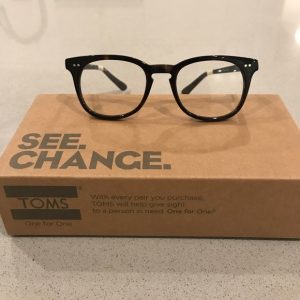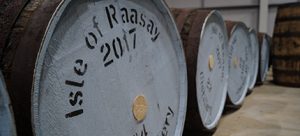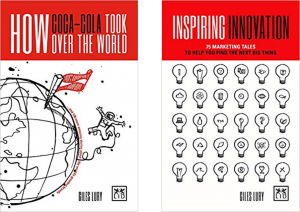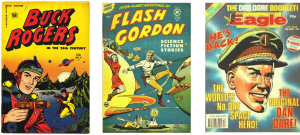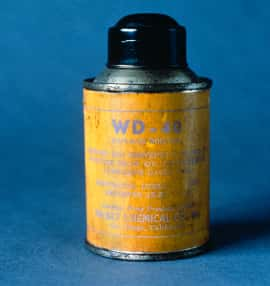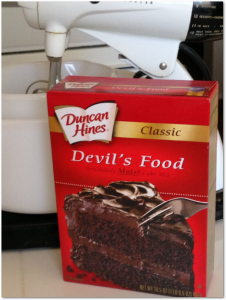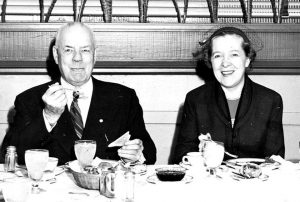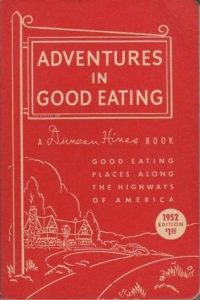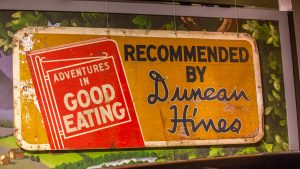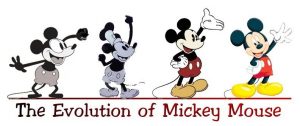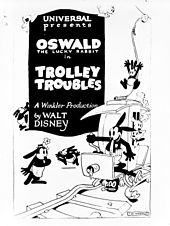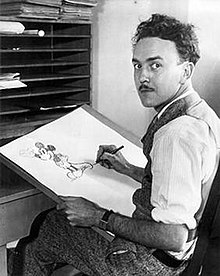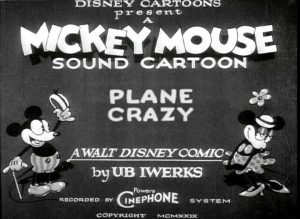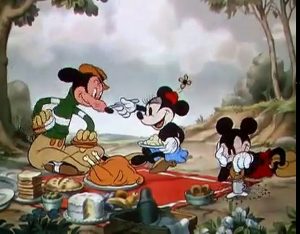
What would you do if you went to Argentina on holiday – learn the how to tango? Have a go at the national sport – polo? Or maybe just spend your time enjoying the many different Malbecs… Well when Blake Mycoskie went there in 2006 all of those were on his ‘to-do’ list but it was chance meeting towards the end of that holiday that was to shape his future and be the inspiration for a hugely successful brand.
While away, Blake had added alpargatas to his wardrobe – soft, casual canvas shoes which seem to be worn everywhere on the streets of Buenos Aires. It did cross his mind that maybe the alpargatas would have some appeal in the United States, but he just put the idea on his mental ‘one-for-later’ list.
So perhaps this was in the back of his mind when he had a chance encounter with an American woman who was volunteering on a “shoe drive”. This was a concept that Blake knew nothing about. She told Blake that it was basically a charitable initiative to collect shoes for the many local children who didn’t have any.
She went on to explain an unforeseen complication, namely that as the organisation relied on donations they had little or no control over when the money came in and if shoes were donated what type and size were given. Many were simply far too big for the children who needed them most.
Blake hadn’t realised the problem and decided to do some of his own research. Traveling from village to village he quickly saw for himself the severity of the situation and the many downsides of being shoeless: the blisters, the sores, the infections.
He decided he wanted to do something about it. He briefly considered setting up is own charity but didn’t think he would be able to create anything on the scale that was needed.
An idea did however dawn on him – what if he could create a for-profit business which would have as part of its business model a means to help provide shoes for these children. The core principle would be a simple One for One. For very pair of shoes bought, one would be given to a child in need. If it worked, it could create a constant flow of shoes, not just whenever people decided to make a donation.

Even though he had no experience and no connections in the shoe industry or business in general, it felt so right, he was sure he could make a success of it. He even had a name for the new business. He’d been playing around with the phrase ‘Shoes for a Better Tomorrow,’ but that became ‘Tomorrow’s Shoes’ which in turn became TOMS.
Alejo, his Argentinian polo teacher, and a friend, came on board as a partner and played an essential role with contacts and translating. After many meetings they finally found a local shoe maker called Jose willing to try and answer their somewhat loose brief – a more comfortable and durable version of an alpargata, but also more fun and stylish which would better suit the fashion-conscious American consumer.
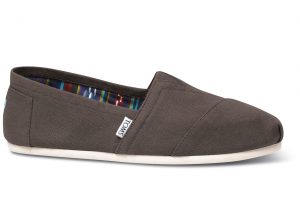
Working with Jose and other local crafts people they got 250 samples made, which Blake stuffed into three duffel bags before setting off back to L.A. Recognising his lack of contacts he decided to ask some friends over to dinner and pick their brains. They loved the concept of TOMS, and loved the shoes too. They helped him draw up a list of stores they thought might be interested in selling the product, and even better for Blake, they all left that evening wearing pairs they had bought from him.
A website was launched and orders trickled in and it soon become apparent that TOMS needed more in-store, on the street presence.
Having tried phone calls and e-mails without success, Blake decided he needed to get ‘out there’ in person. He packed up some samples into one of his trusted duffel bags and set-off for ‘American Rag’ which was one of top stores on the list his friends had created. He was still worried that TOMS would still be just one of many new ideas the buyers would be seeing but straight away it was obvious that the buyer loved the idea. American Rag quickly became TOMS’ first retail customer.
Another break followed soon afterward. A leading fashion writer for the Los Angeles Times, Booth Moore, heard about the shoes and the story and loved them both. A few Saturdays later TOMS was headline news.
Sales rocketed and by the end of the day, TOMS had received 2,200 new orders!
However this level of success was a double-edged sword. They only had 160 pairs of shoes in Blake’s apartment which served as TOMS office. What’s more they had been promising four-day delivery.
Blake had to act quickly and immediately posted an ad for interns on Craigslist and soon had three new colleagues. They spent their time calling up or emailing the people who had ordered. They explained the situation, letting them know their orders wouldn’t be coming in the next four days but in fact might take up to eight weeks. Amazingly only one person out of those 2,200 initial orders cancelled, and that was because she was leaving for a semester abroad.
More media coverage followed with articles in Vogue, Time, People, Elle, and Teen Vogue. The retail customers expanded to include Nordstrom and Urban Outfitters and it wasn’t long before celebrities like Keira Knightley, Scarlett Johansson, and Tobey Maguire were spotted around town wearing TOMS.
TOMS sold 10,000 pairs of shoes that first summer and donated as many to those children in Argentina.
Footnote:
TOMS has now given over 60 million pairs of shoes to children in need. TOMS Eyewear has been lunched on the same ‘one for one’ principle. Since launch 400,000 people have had their sight restored or improved through the provision of prescription glasses, medical treatment and/or sight-saving surgery.
